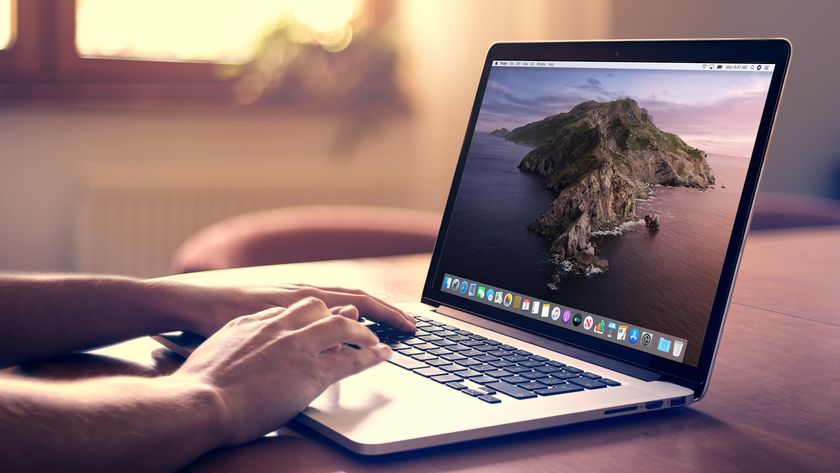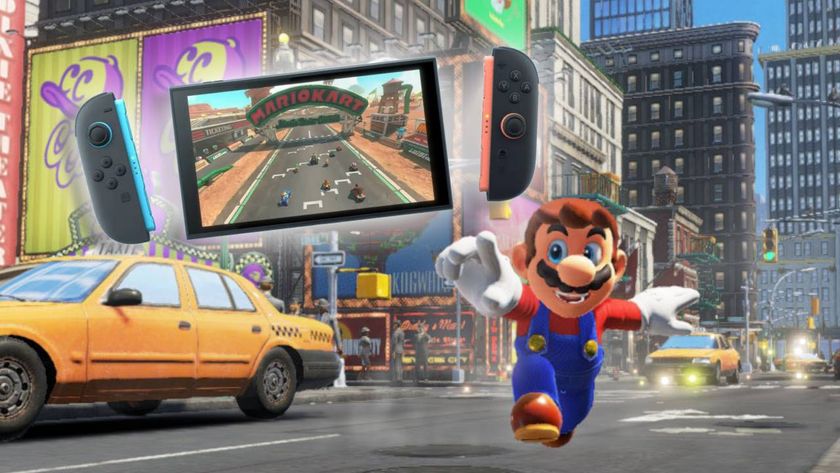macOS 11 Big Sur problems: how to fix the most common issues
From download dramas to installation issues, we reveal how to fix the most common macOS 11 Big Sur problems. Spoiler alert: it's easier than you think!
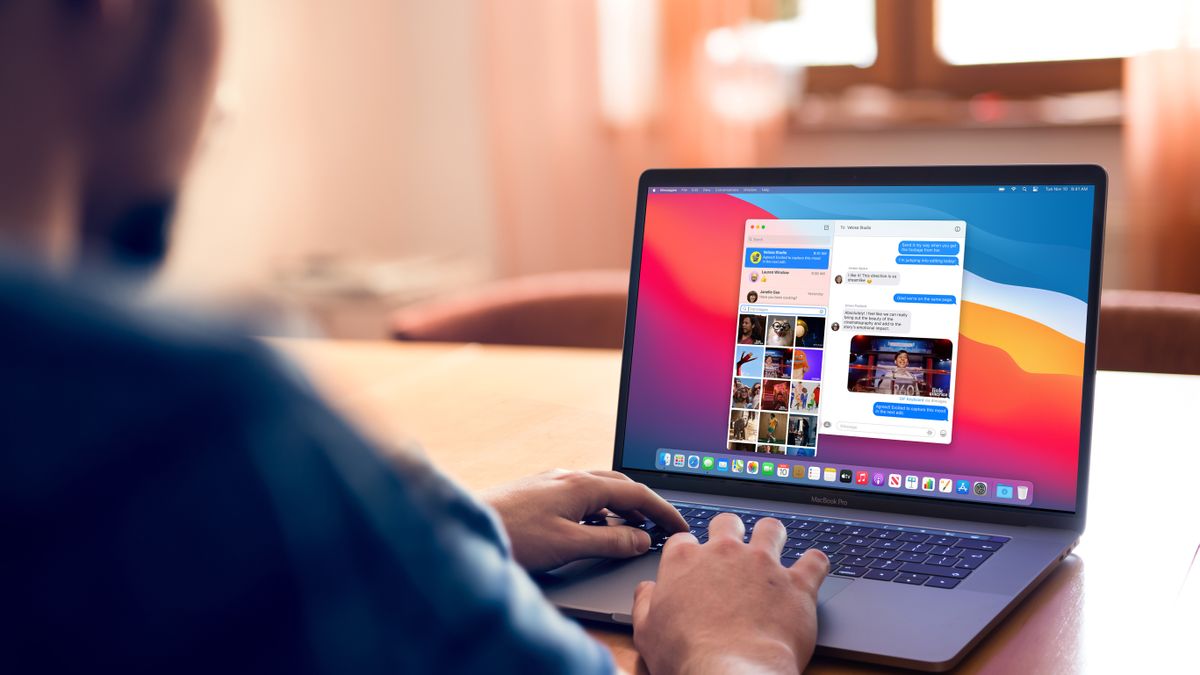
If you're still experiencing a range of macOS 11 Big Sur problems long after making the switch, you're not alone. Although the operating system was released back in November 2020, some Mac users are still experiencing ongoing problems. While the arrival of macOS 11 was viewed by many as having been a long time coming, it's been a mixed bag in terms of the benefits and challenges some users have experienced.
For those of you that are finding macOS 11 Big Sur problems still popping up for you, never fear, because in this guide we're going to talk you through some very easy steps to fix all of the most common issues. Once you've done that, you'll be able to sit back and enjoy all the perks this operating system has to offer. And there are plenty!
macOS 11 Big Sur was the biggest leap forward Apple’s OS has taken in a long time, setting it apart from previous iterations. And, its launch also saw the release of the first M1-equipped computers as well from the Mac mini (M1, 2020) to the MacBook Air (M1, 2020) and MacBook Pro 13-inch (M1, 2020) of which Big Sur was made to take full advantage.
While it’s no longer the new kid on the block, its successor macOS 12 Monterey has just been released, any recent operating system still has some kinks that need fixing. Downloading and installation issues have been two of the most common issues that have been experienced, but complaints around hardware and software not working the way it should have also been up there on the list of reported problems.
For the most part, all of the macOS 11 Big Sur problems are easily solvable. Usually it's a case of your Mac simply needing rebooting or being low on storage space, but sometimes issues can also occur if you're using outdated apps or if your Mac is old and not compatible with the new operating system. Whatever the case, this guide will help you figure out how to solve the problems you're experiencing.
If you haven’t grabbed Big Sur yet, take a look at our how to download and install macOS 11 Big Sur guide. Or, if you’re ready to take the leap to the next OS, check out how to download macOS 12 Monterey. For those of you sticking with us, let's take a look at the most common macOS 11 Big Sur Problems and exactly how to solve them...
How to fix macOS Big Sur download problems
One of the most common macOS 11 Big Sur problems that people have encountered is that macOS 11 fails to download, with some users seeing an error message that says "Installation failed."
Get daily insight, inspiration and deals in your inbox
Sign up for breaking news, reviews, opinion, top tech deals, and more.
Others, on the other hand, are seeing "The network connection was lost" error messages when they try to download macOS Big Sur.
That's not all, either. A few get the following error message: “Installation of macOS could not continue. Installation requires downloading important content. That content can’t be downloaded at this time. Try again later.”
There are a few reasons why you may encounter this issue. It may be because a lot of people are trying to download macOS Big Sur at the same time. If you think this is the case, try again later on a non-peak time to see if the download works then. You can also check the live status of the Apple Server to make sure everything is alright on Apple's end.

There should be a section labelled 'macOS Software Update'. If it has a green dot, then there's no issue, but other colors suggest there's a problem with Apple delivering the update.
As you can see from the screenshot above, there had been issues with the software update at the time of writing, which have since been resolved.
Another reason could be that you simply do not have enough space on your computer. Typically, a macOS download fails if you do not have enough storage space available on your Mac.
To make sure you do, open up the Apple menu and click on 'About This Mac.' Select 'Storage' then check to make sure you have enough space on your hard drive. You need at least 15GB free. If you're running low, open up the Apple menu, click 'About this Mac' then go to Storage > Manage and free up some disk space there.
It may also be worth switching from a Wi-Fi connection to an Ethernet cable, to ensure your internet connection is as reliable as possible.
If you’re still having problems downloading macOS Big Sur, try to find the partially-downloaded macOS 11 files and a file named ‘Install macOS 11’ on your hard drive. Delete them, then reboot your Mac and try to download macOS Big Sur again.
And, if that doesn’t work, try opening the App Store and clicking ‘View My Account’ to see if there is anything in the ‘Unfinished Downloads’ section. You may be able to restart the download from there.
Finally, try logging out of the Store to see if that restarts the download.
How to fix "gateway timed out" error when downloading macOS Big Sur
In addition, another of the most common macOS 11 Big Sur problems that's received a lot of complaints has been around the download stopping, and the system throwing up a "gateway timed out" or "bad gateway" error.
If you are having this issue, try starting your Mac in Safe Mode (hold down Shift on the keyboard while it boots), then try downloading and installing macOS Big Sur again.
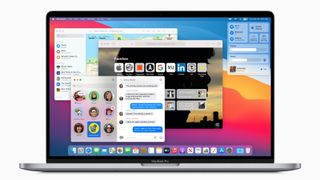
How to fix macOS Big Sur install problems
If your macOS Big Sur problem is in installing the operating system, first make sure you check out our how to download and install macOS Big Sur guide, which will take you through the steps you need to take to safely install the new operating system.
First of all, you'll want to make sure you have a Mac that can run macOS Catalina. The following Macs are compatible:
- 12-inch MacBook (2015 and later)
- MacBook Air (2013 and later)
- MacBook Pro (Late 2013 and later)
- Mac mini (2014 and later)
- iMac (2014 and later)
- iMac Pro (all models)
- Mac Pro (2013 and later)
When you have a compatible Mac and the macOS Big Sur download completes, but there’s no prompt for the installation to continue, then search in your Mac’s application folder for a file called 'Install macOS 11'. Double-clicking the file should begin installation.
If you encounter the macOS Big Sur problem where the installation fails due to low disk space, simply restart your Mac and press Control + R while it’s booting to enter the Recovery mode. Select ‘Disk boot’ to boot normally, then remove unnecessary files to make space.
macOS Big Sur is stuck on 'Setting Up Your Mac'
If you have installed macOS Big Sur, but then your Mac gets stuck on the 'Setting Up Your Mac' message, you'll need to force a reboot of your Mac or MacBook. Don't worry, the 'Setting Up Your Mac' message means the update is finished, so you won't lose any data or damage anything by restarting your Mac.
To do so, press and hold down the power button for a few seconds until the Mac or MacBook turns off. Wait a few more seconds, then turn it back on. Your Mac or MacBook should now boot into macOS Big Sur successfully.
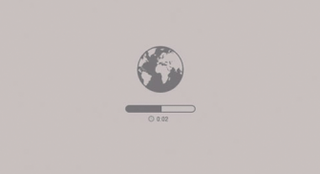
If you’re struggling to free up disk space, look out for hidden Time Machine files that may be taking up large amounts of space.
Once you have freed up enough space, retry the installation.
If macOS Catalina encounters a problem at the end of installation, and then shows an error message, restart your Mac and press Command + Option + R on your keyboard while the Mac boots to start up the recovery system over the Internet. You can also try Shift + Option + Command + R.
If your Mac continues to fail to boot, follow Apple’s instructions on creating an external Mac startup disk.
It may be worth restarting your Mac in Safe Mode, then trying to install macOS 11 Big Sur from there to fix the problem.
How to fix macOS Big Sur login problems
If you're having trouble logging into your Mac or MacBook after installing macOS Big Sur, or you're stuck in a loop where you log in, then get logged out again, the following steps might help.
First, restart your Mac and hold down the Command + S keys on your keyboard as it boots up.
This will boot you into a command prompt. Now, enter in the following:
/sbin/mount -uw /Press Enter on your keyboard. Then enter in the following:
rm /var/db/.applesetupdoneThis removes a file, which makes it appear like you're starting Big Sur up for the first time. Don't worry, nothing important is getting deleted. Press Enter, then restart your Mac.
You will then be asked to create a new admin user account.
MacBook fans become noisy after updating to Big Sur
Some people have been reporting that after updating to macOS Big Sur, their MacBook fans have become noticeably louder.
This is likely due to the fact that the MacBook is continuing to work hard behind the scenes updating the rest of the operating system, including updating apps and re-indexing Finder. This can cause the fans to kick in to help keep the MacBook cool. Hopefully, after a few hours the fans should return to normal.
Is macOS Big Sur running slowly? Here's how to fix it
Once macOS Big Sur is installed on your Mac or MacBook, you may notice that your device is running slower than before.
If macOS Big Sur also showed a notification that said "Optimizing Your Mac: Performance and battery life may be affected until completed," then this is normal, as macOS Big Sur is doing things behind the scenes which can initially impact performance.
After a day or so, your Mac should be running just as well (if not better) as before. If you don't see an improvement by then, try restarting your Mac or MacBook.
Another thing to check is to make sure that all of your apps and software are updated to the latest version. If any of them have issues with Big Sur, that could be slowing down your machine.
If you're using a new MacBook or Mac with Apple's M1 chip, you may be using apps that are not optimised for it yet. While Apple's Rosetta tool helps run apps for Intel-based Macs on Apple M1 devices running Big Sur, there may still be some performance issues. Keep an eye on the latest versions to see if they have released an update for M1 Macs.
You can also open up the Apple menu and select 'System Preferences'. From the window that appears, click 'Users & Groups'. Select 'Login Items' and then select the apps you want to stop opening at startup and click the small minus sign below the list.
It's also worth making sure all of your apps are updated. Check the App Store for any available updates, or the app's website.
You can also try restarting your Mac to see if that helps. If it doesn't, force-quit any apps that appear to be taking up a lot of RAM. You can identify these by using Activity Monitor (in /Applications/Utilities) to establish what apps and processes are using up the most CPU or RAM. Its CPU tab lists active processes, with a real-time view of what's going on.
To force-quit an item, click it in the Activity Monitor list, click the X at the left of the toolbar, then confirm you want to force-quit.
Also delete the cache. Open the Finder window, select 'Go' from the top menu and select 'Go to Folder'.
In the text box that appears, type /Library/Caches.
Remove the data from inside every folder. Now repeat the process with /Library/Caches (without the symbol). Running the Repair Disk tool from within Disk Utility may also help, and for more solutions check out our How to speed up your Mac guide.
How to fix macOS Big Sur battery issues
As with the performance issues above, you may find that at first your MacBook's battery life is a lot shorter. Again, this is probably because macOS Big Sur is doing some background work to set itself up – and after a few hours or a day, things should have settled down and your battery life should be back to normal.
If it isn't then make sure all your apps are updated. You can also click the battery icon on the top menu bar, which will show you what apps and processes are taking up a lot of your battery life. Close those and see if the battery improves.
If it does, then make sure the apps in question have been updated, and check any of their settings to see why they would be taking up so much battery life in macOS Big Sur.
For more advice, visit our how to improve your MacBook's battery guide.
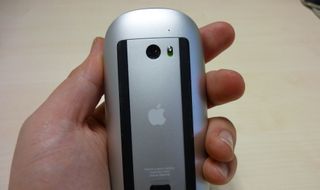
How to fix macOS Big Sur mouse problems
If you've installed macOS Big Sur and found your mouse no longer works, open up the ~/Library/Preferences/ directory in finder and select and delete the following files:
- com.apple.AppleMultitouchMouse.plist
- com.apple.driver.AppleBluetoothMultitouch.mouse.plist
You may need to restart your Mac to get the mouse working.
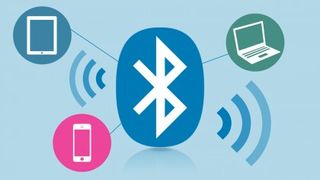
How to fix macOS Big Sur Bluetooth issues
To fix issues with Bluetooth devices not working in macOS Big Sur try opening up Finder and then click on 'Go' in the top menu, then 'Go to Folder...'. Type in '/Library/Preferences'.
From there, you should see a file called 'com.apple.Bluetooth.plist '. Select and delete the file (or move it to another folder for safe keeping), then restart your Mac and try connecting your Bluetooth device again.
How to fix macOS Big Sur boot problems
If you've installed macOS Big Sur, but your Mac won't start, then restart your Mac and hold down Command, Option, P and R, which will reset the NVRAM (non-volatile RAM).
Hold the keys down until the computer restarts and you hear the startup chime for the second time. Release the keys after you hear the second startup chime. The PRAM will be reset as well.
While in Safe Mode, run Disk Utility to see if that will fix any macOS Big Sur boot problems.
For other ways to fix a Mac that won't start, check out our guides how to Use OS X boot options to troubleshoot your Mac and how to fix a Mac that won't start.
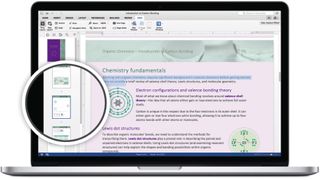
Apps won't work in macOS Big Sur
One of the most controversial changes included with macOS Catalina (and still present in Big Sur) is the fact that it no longer supports 32-bit apps. This means any apps that don't have a 64-bit version will no longer work.
Apps that will be killed off in macOS Catalina (and therefore Big Sur) include Transmist 4.1.7, 1Password 2.12.2, iStats Menu 2.9 and QuickBooks 2015. You can view the full list of the apps at The Tape Drive.
While most apps will hopefully have 64-bit updates, there will be many that don’t, which is bad news if you rely on them and upgrade to macOS Big Sur.
If you’re concerned that an app you rely on will no longer work in macOS Big Sur, you should check to see if you have any 32-bit apps on your system.
To do this, click on the Apple icon at the top of your screen, then select ‘About This Mac’. Click ‘System Report’ and then go to the ‘Software’ section.
Click ‘Applications’ and you’ll see a list of apps. There will be a column called ’64-bit (Intel)’. If an app has ‘No’ in that column, then it means it won’t be supported in macOS Big Sur.
You can check the list on The Tape Drive as well to see if your apps are listed there.
If you do have any 32-bit apps installed, you’ll need to check to see if there is a 64-bit version (if the app has a website, it should say whether one is available).
If not, you’ll need to find an alternative app that performs the same function but is 64-bit. Our guide to the best Mac apps will help you.
How to fix macOS Big Sur Wi-Fi problems
If you're having issues with connecting to the internet, either via Wi-Fi or an Ethernet (wired) connection after installing macOS Big Sur, then try starting your Mac in Safe Mode and see if you can connect.
If you can, it means that there's an issue with an app or extension that you have installed. Make sure you have updated your drivers and apps, and keep an eye out for an Apple update in the future.

Matt is TechRadar's Managing Editor for Core Tech, looking after computing and mobile technology. Having written for a number of publications such as PC Plus, PC Format, T3 and Linux Format, there's no aspect of technology that Matt isn't passionate about, especially computing and PC gaming. He’s personally reviewed and used most of the laptops in our best laptops guide - and since joining TechRadar in 2014, he's reviewed over 250 laptops and computing accessories personally.
